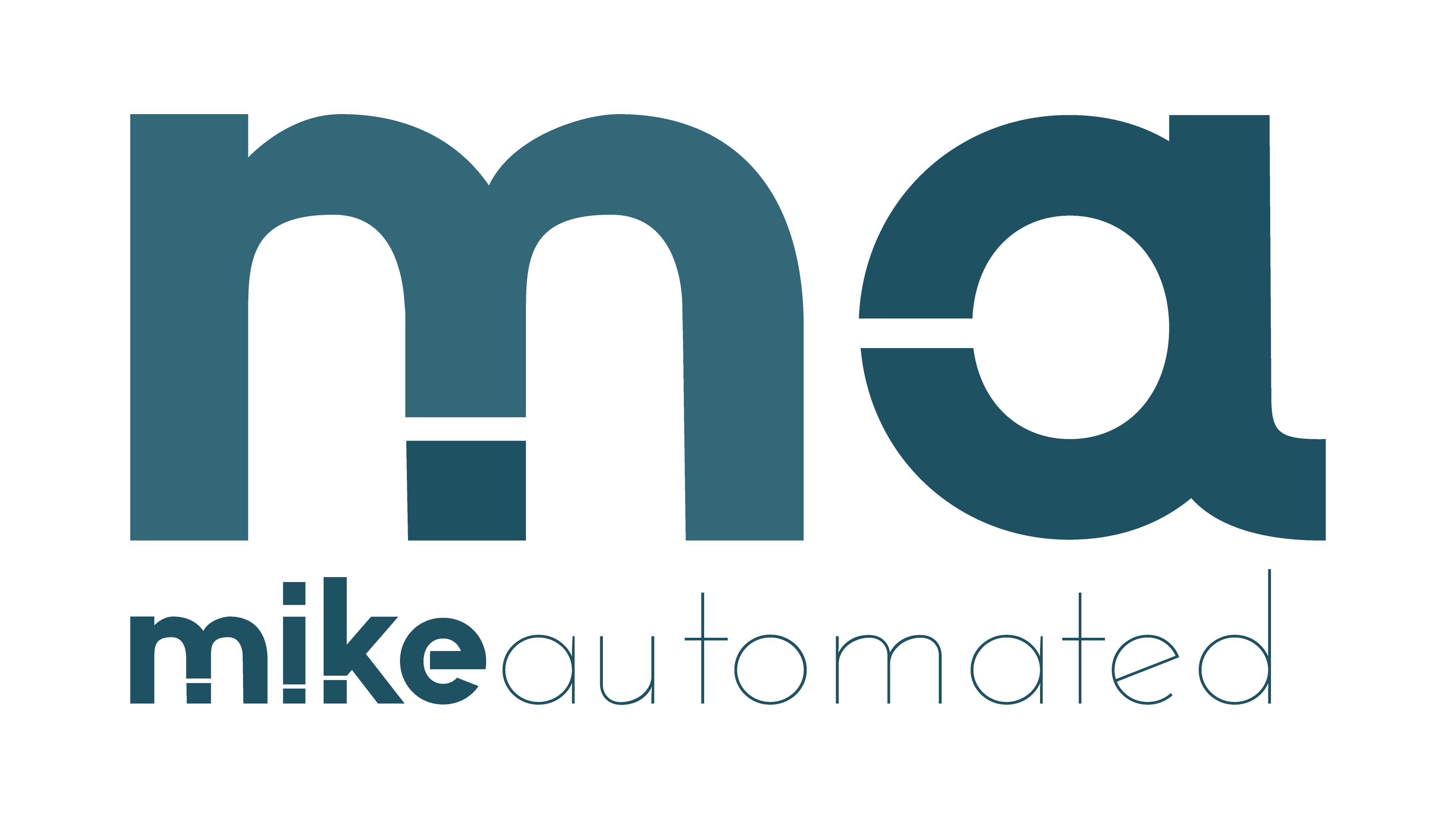- How AI simplifies audio content production by automating voiceovers, music creation, and editing, accelerating delivery.
- Use AI voiceover tools to draft scripts and test vocal styles quickly, reducing recording time.
- AI-generated music and soundscapes adapt to mood, tempo, and length with minimal input.
- Automation improves consistency, lowers rework, and shortens project timelines while preserving control.
- Maintain human oversight for quality, ethics, and licensing to align AI output with your brand.
How AI Simplifies Audio Content Production: What It Means for Creators
How AI Simplifies Audio Content Production changes how teams approach sound. The technology handles repetitive tasks, frees time for storytelling, and enables rapid experimentation with voice and mood. For creators, this means faster drafts, clearer feedback loops, and a measurable boost in throughput without sacrificing quality. The core idea is simple: use intelligent tools to handle the mechanical work so human creativity can focus on structure, message, and nuance.
The approach integrates natural language processing (NLP) with audio-focused models. You can spin up a voiceover in minutes, generate a musical cue to match a scene, or clean a messy recording with automated editing. This aligns with a practical goal: deliver polished audio content on a realistic schedule while keeping your artistic intent intact. In short, AI acts as a scalable assistant for every stage of production.
AI-powered Voiceovers: Speed and Consistency
Voiceovers are often the bottleneck in audio projects. AI-powered voice generation and text-to-speech synthesis offer a fast, flexible alternative. You can convert scripts into natural-sounding speech, experiment with multiple voices, and adjust pacing without renting recording studios or coordinating talent. This is where the phrase How AI Simplifies Audio Content Production becomes most tangible: you can test tone, cadence, and emphasis in minutes.
When choosing an option, consider AI voiceover tools that support emotional range, emphasis control, and language variants. For longer programs, you can create a single baseline narration and generate localized dubs by simply tweaking the voice profile. However, licensing, consent, and ethical use are critical. Always verify permissions for synthetic voices and respect creator rights.
Practical tip: run a quick A/B test by producing two voice variants for the same script and compare audience engagement. A small change in pacing or intonation can improve clarity and retention. Use a simple workflow automation to route these options into your review queue for fast feedback.
AI-assisted Music and Soundscapes
Background music and cues set the emotional temperature of a piece. AI-enabled music tools can generate loops, pads, and motifs that match your scene length, mood, and genre. This makes it feasible to tailor a sonic palette to each project without commissioning a custom score from scratch. The result is a more cohesive audio experience with less time spent finding the right track.
For music generation, explore AI-generated music and soundscape tools that translate mood descriptors into musical outputs. Look for features like tempo control, key selection, and genre presets. These capabilities work well for podcasts, product videos, and educational content where recurring themes benefit from sonic consistency.
Important consideration: AI music may require license checks and attribution where applicable. If you perform public distribution or commercial releases, confirm licensing terms and export formats to ensure seamless use across platforms. This is another area where a thoughtful human-in-the-loop process matters.
Editing and Production Workflows
AI can streamline editing, mastering, and quality control. Automated loudness normalization, noise reduction, and artifact removal help you achieve broadcast-level sound quickly. Transcription and captioning are also accelerated, improving accessibility and discoverability for audio content.
Start with noise reduction and audio cleaning that identify and repair problem segments. Next, apply automated EQ and dynamics processing to achieve a consistent vocal or instrumental balance across episodes. Finally, generate captions and transcripts to boost SEO and reach a broader audience.
Practical tip: set up a batch process that ingests raw recordings, runs noise reduction, applies a standard mastering chain, and exports multiple formats. This reduces manual steps and accelerates delivery to editors or clients.
Quality, Control, and Customization
The strongest AI systems blend automation with human judgment. Create a set of guardrails: preferred voices, allowed moods, style guidelines, and allowed genres. Use these prompts to guide AI outputs, then review and refine with a human editor. This human-in-the-loop approach preserves brand voice while benefitting from scalable tools.
A practical workflow involves: (1) define the desired tone and target audience, (2) generate draft voice and music, (3) review for clarity and emotional impact, (4) adjust prompts based on feedback, and (5) finalize with a professional mix. The result is a repeatable process that yields consistent results over time.
Remember to document licensing terms and usage rights. The most efficient pipelines respect intellectual property and corporate policies while enabling creative exploration. This balance keeps AI as a productive assistant rather than a constraint.
Practical Example: A 5-step Workflow for a 3-Minute Podcast Episode
- Script and voice draft: Convert the script into a baseline AI voiceover and set voice attributes (tone, speed, emphasis).
- Music and sound cues: Generate underscoring for key segments and transitions that match the script’s mood.
- Editing and cleaning: Run noise reduction, remove plosives, and normalize loudness to a target standard.
- Transcription and captions: Create an accurate transcript and sync captions with the narration.
- Quality review and delivery: A human editor reviews for flow, compliance, and brand voice before publishing.
This workflow demonstrates How AI Simplifies Audio Content Production in a concrete way. With practice, teams can compress a typical production timeline from days to hours without sacrificing polish. For further workflow ideas, see the internal notes on workflow automation and optimization.
Visual and Data: Tools and Dashboards
A simple visual helps teams understand impact: a chart showing time saved by each stage (voiceover, music, editing, transcription, and mastering) across multiple episodes. The chart highlights where AI provides the most value and where human oversight remains essential. This visualization supports decisions about where to invest in additional tools.
Suggested visual: a stacked bar chart with episode length on the x-axis and time saved on the y-axis. Each bar segment represents a stage. The goal is to reveal bottlenecks and opportunities for automation. A dashboard can pull data from your content system to track progress over time.
For multi-channel workflows, link this visualization to internal pages about analytics, content calendars, and asset management. Connecting data across teams helps align production goals with business outcomes.
Conclusion: Embrace Change, Maintain Quality
How AI Simplifies Audio Content Production offers a path to faster, more consistent audio creation without erasing the human touch. The best results come from using AI to handle repetitive tasks while keeping creative control and brand integrity in human hands. As you experiment, document what works, iterate on prompts, and measure impact. The future of audio content is collaborative—between human insight and intelligent automation.
Ready to explore further? Start with a small pilot: choose a single episode, test an AI voiceover option, generate a musical cue, and run a quick edit and captioning pass. Compare outcomes with your traditional workflow, gather feedback, and scale from there. The journey toward AI-enhanced content is practical, incremental, and increasingly accessible.
To stay updated, explore related resources on AI audio tools and machine learning in audio production. The goal is clear: deliver compelling audio content faster and with greater consistency, while preserving your unique voice.
Note: This article uses practical examples and safe recommendations for integrating AI into audio production. Always verify licensing and ethics before deployment.



